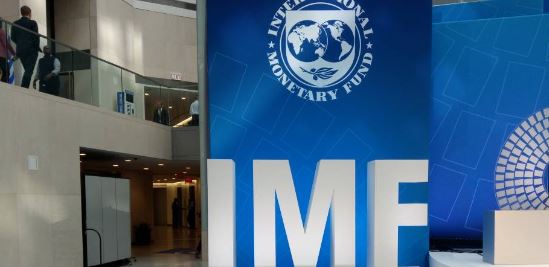The International Monetary Fund (IMF) says Nigerian banks closed 234 branches and 649 automated teller machines (ATMs) in 2020 amid the COVID-19 outbreak.
The IMF said this in its 2021 Financial Access Survey (FAS) released on Monday.
According to the survey, the number of ATM points in Nigeria fell by 649 to 18,810 in 2020 from 19,459 in 2019.
The report further stated that the number of commercial bank branches in Nigeria reduced by 234 to 5,158 in 2020 from 5,392 in 2019.
Advertisement
The survey showed that the number of borrowers from commercial banks decreased to 29.61 per 1,000 adults in 2020 from 25.42 per 1,000 adults in 2019.
However, the outstanding deposits with commercial banks per percentage of gross domestic product (GDP) rose to 20.50 in 2020 against 16.31 in 2019.
Outstanding loans from the deposit money banks increased to 12.93 percentage of GDP in 2020 from 11.80 in 2019.
Advertisement
The Bretton Woods institution said the 2021 round of the Financial Access Survey (FAS) takes place in the second year of the COVID-19 pandemic, collecting data on access to and use of financial services amid the crisis.
It said the 2021 FAS round offers a glimpse of what has happened during the pandemic on the financial access front.
On financial access during the pandemic, the IMF said aggregated FAS data from the 2021 round do not show major disruptions in the access to and use of financial services at commercial banks even though country-level data reveal some varying outcomes.
For low- and lower-middle-income economies, the number of commercial bank branches per 100,000 adults and ATMs per 100,000 adults — two FAS indicators for the UN Sustainable Development Goals (SDGs) Target 8.101 — have remained stable at 12 and 23 respectively over the past few years, with a slight increase in 2020.
Advertisement
The report said that the average number of deposit and loan accounts continued to grow in 2020 across all country income groups.
Also, the number of deposit accounts per 1,000 adults grew at a higher rate than in the previous year in upper-middle-income economies.
In terms of financial services usage, the report added that outstanding amounts of both deposits and loans grew faster on average in 2020, relative to the previous year in all country income groups.
Advertisement
Add a comment






